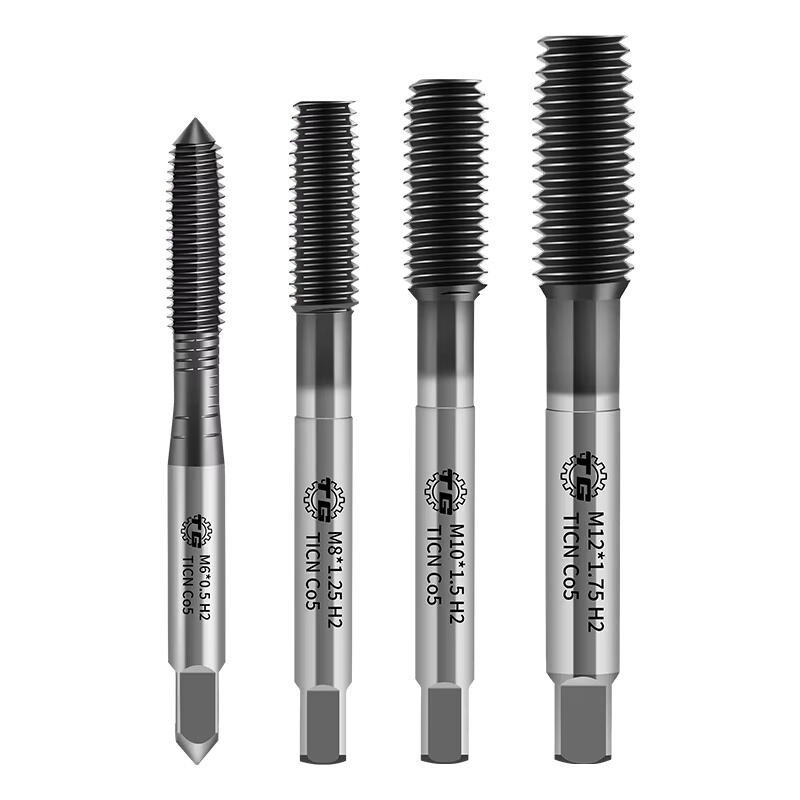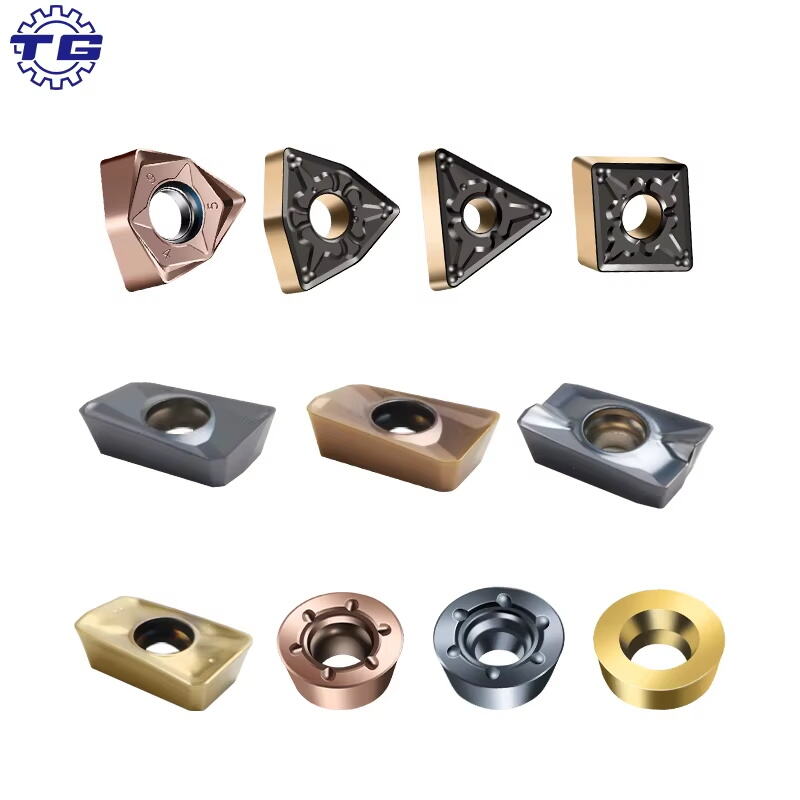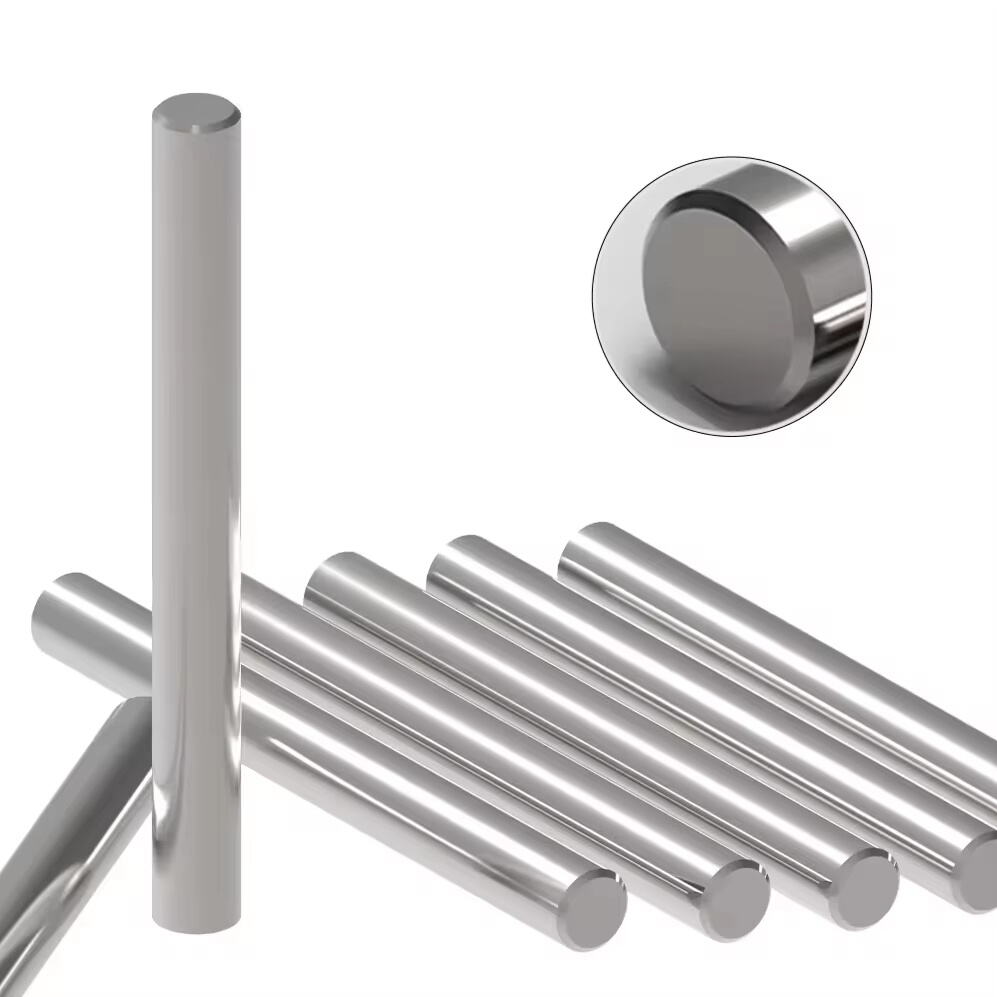die steel price
Die steel price represents a crucial consideration in manufacturing and tooling industries, reflecting the complex interplay of material quality, market demands, and production costs. This specialized steel category, engineered for durability and precision, exhibits varying price points based on grade, composition, and thermal treatment specifications. The pricing structure typically encompasses factors such as alloying elements, manufacturing processes, and global market conditions. High-grade die steels, incorporating premium elements like chromium, molybdenum, and vanadium, command higher prices due to their enhanced wear resistance and thermal stability. The market demonstrates price fluctuations influenced by raw material availability, energy costs, and industrial demand patterns. Contemporary die steel pricing also reflects technological advancements in steel production, with modern variants offering improved performance characteristics that justify their premium positioning. Understanding die steel price dynamics is essential for manufacturers, as it impacts tooling costs, production efficiency, and ultimately, end-product quality.


